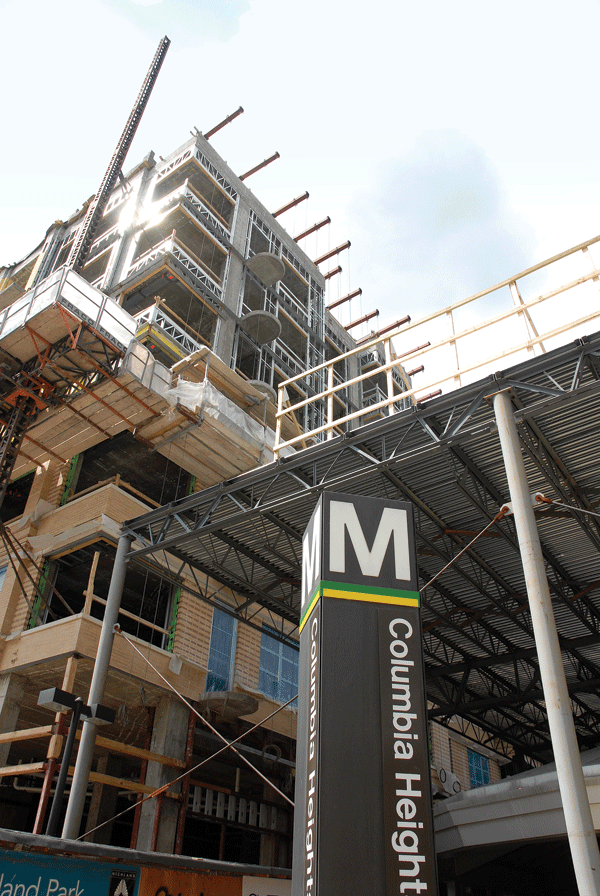Federal TIGER Grant-funded bus priority projects are moving forward, setting the stage for the Metro 2025 Priority Corridor Network.
In 2010, a local consortium of agencies including WMATA was awarded a $59-million Transportation Investment Generating Economic Recovery (TIGER) Grant for bus priority in the Washington Region. The National Capital Region Transportation Planning Board (TPB) is the primary project manager and recipient of the of the grant, and TPB staff provided a briefing of the status of the implementation of the TIGER projects (PDF). This post provides a summary of the projects in which Metro is engaged, as well as a history of the TIGER grant award to the region.

Construction of the Crystal City Potomac Yard Transitway, from May 30, 2013. Source: TPB.
When will you see projects being built?
Read more…
Delivering the transit system that  the region needs will require an unequivocal commitment of additional resources from internal and external stakeholders. Simply put, the rehabilitation work being accomplished at the time of the writing of this document will not be nearly enough to keep up with the region’s needs, and without additional resources it will be unlikely that the region can continue to enjoy a transit network that contributes to competitiveness and makes the Washington metropolitan area one of the most desirable places to live and work.
the region needs will require an unequivocal commitment of additional resources from internal and external stakeholders. Simply put, the rehabilitation work being accomplished at the time of the writing of this document will not be nearly enough to keep up with the region’s needs, and without additional resources it will be unlikely that the region can continue to enjoy a transit network that contributes to competitiveness and makes the Washington metropolitan area one of the most desirable places to live and work.
Metro – Doing Business Differently
Metro recognizes that rebuilding the region’s transit system also means rebuilding the region’s transit authority – and will continue to be hard at work on this task in preparation for the implementation of Momentum. In the near term this means revamping nuts and bolts elements of the authority, including but not limited to: identifying ways that Metro can do its job more efficiently while increasing performance; evaluating its contracting and procurement philosophy to emphasize lifecycle contract and asset management; engineering a budgeting process that allows Departments to strive to achieve the goals of Momentum within the context of tight fiscal and financial discipline; and a human capital strategy that must have the right talent in-place and in-queue. In the long term, this means completing the journey to a much more business-like operating and execution philosophy for the organization.




Recent Comments